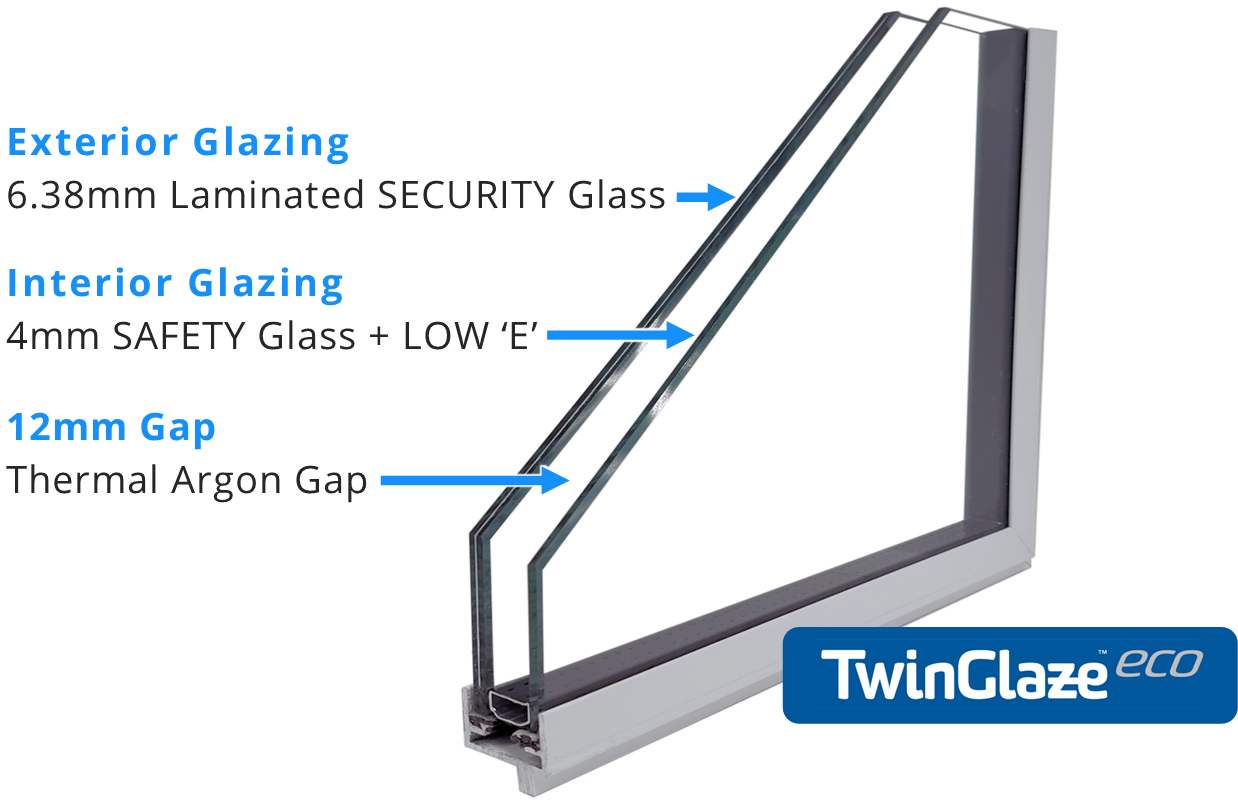All Categories
Featured
Table of Contents
Keep Cool This Summer Without Overusing Your Aircon. in Mirrabooka Perth
That window can send more solar heat in winter than in summer. A west-facing window on a summertime's afternoon has an angle of incidence from near 0 as much as 30 with a large efficient area of solar radiation. A north-facing window, in summer, has a high angle of incidence and a low effective area of solar radiation, so can transfer less heat than a west-facing one.

You can quickly and quickly enhance the thermal efficiency of your house by replacing your windows. This is one of the most effective methods of renovation to attain enhanced thermal convenience. There are thousands of kinds of glass and frames to choose from. Picking the best ones is necessary to enhancing the energy efficiency of your house.
Carnegie 3163, Vic. Amazing Service By Aps Double Glazing in Shelley Western Australia
Single glazing with clear glass is not really efficient when it comes to heat loss or gain. To enhance efficiency, you can use single glazing with a more energy-efficient type of glass such as low emissivity (low-e) glass.
The energy performance of IGUs likewise depends on: the homes of each layer of glass. Various glass types (for example, clear and low-e glass) can be put together in an IGU.
Is Double Glazing Worth It? in Helena Valley Western Australia

IGU cavities can be filled with air or a more inert, low-conductivity gas such as argon the width of the cavity. Cavity density is generally 6 to 18mm. Broader cavities provide lower (much better) U worths, with 12mm usually accepted as the favored gap how well the cavity is sealed. Cavities must be dry and well sealed to avoid moisture getting in.
If argon is installed to the cavity in location of air, wetness is reliably omitted the level of desiccant (drying representative). The spacer (metal or polymer strip) that separates the glass layers contains a desiccant to absorb any wetness. Insufficient desiccant might cause wetness to condense on the glass surface in cold conditions, reducing thermal efficiency.
Twinglaze® Double Glaze Specification Act - Vic in Coolbinia WA
In reality, IGUs can deliver better energy performance for all environments, specifically in heated and air-conditioned houses. Cross-section detail of single, double and triple-glazing systems Low emissivity glass (commonly referred to as low-e glass) minimizes heat transfer. Low-e glass may be either high or low transmission: High transmission low-e glass has a finish that permits daylight from the sun to pass into the house to accomplish excellent solar heat gain, but decreases the quantity of the long wavelength infrared heat that can get away back through the window.
Low-e glass has either a pyrolytic covering or a vacuum-deposited thin film metal coating. Pyrolytic coverings are resilient and can be utilized for any glazing; vacuum-deposited coverings are soft and are just utilized within IGUs. Low-e coverings can significantly enhance both U value and SHGC; however, they should be utilized properly or they will either deteriorate or fail to carry out as needed.
How Double Glazing Can Help Keep Your Home Cool In ... in Straffon Perth
Low-e coatings can be used in mix with clear, toned or reflective glass. Low-e finishings on glazing can reduce heat transfer where required Picture: Department of Industry, Science, Energy and Resources Toned glass has actually colouring ingredients included during manufacture. It is readily available in various colours, normally bronze, grey, blue and green.
Table of Contents
Latest Posts
Sustainability in Bassendean Perth
Climateframe Double Glazing: Perth's Double Glazed ... in Subiaco Western Australia
4 Benefits Of Double Glazed Windows In The Summer in Murdoch Western Australia
More
Latest Posts
Sustainability in Bassendean Perth
Climateframe Double Glazing: Perth's Double Glazed ... in Subiaco Western Australia
4 Benefits Of Double Glazed Windows In The Summer in Murdoch Western Australia